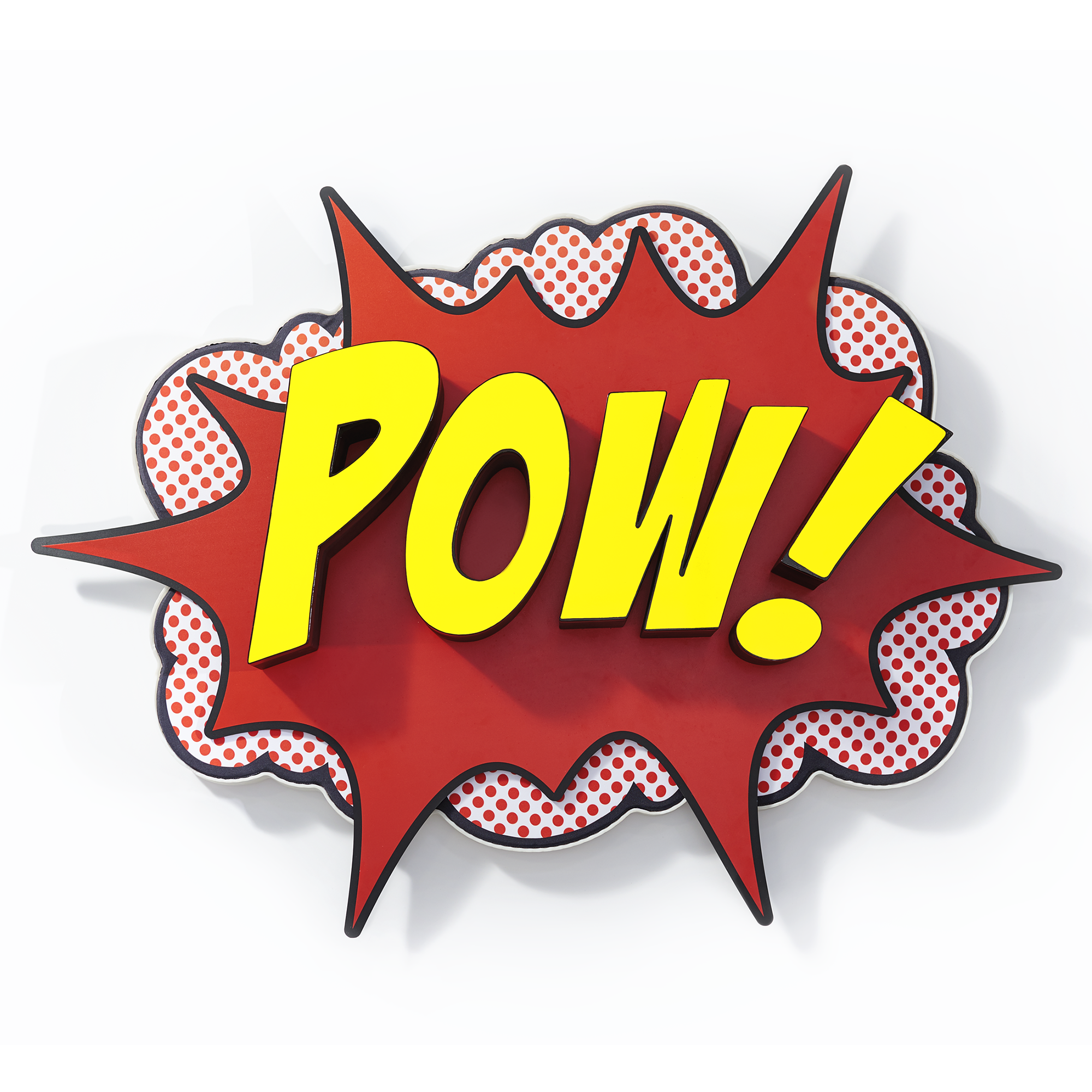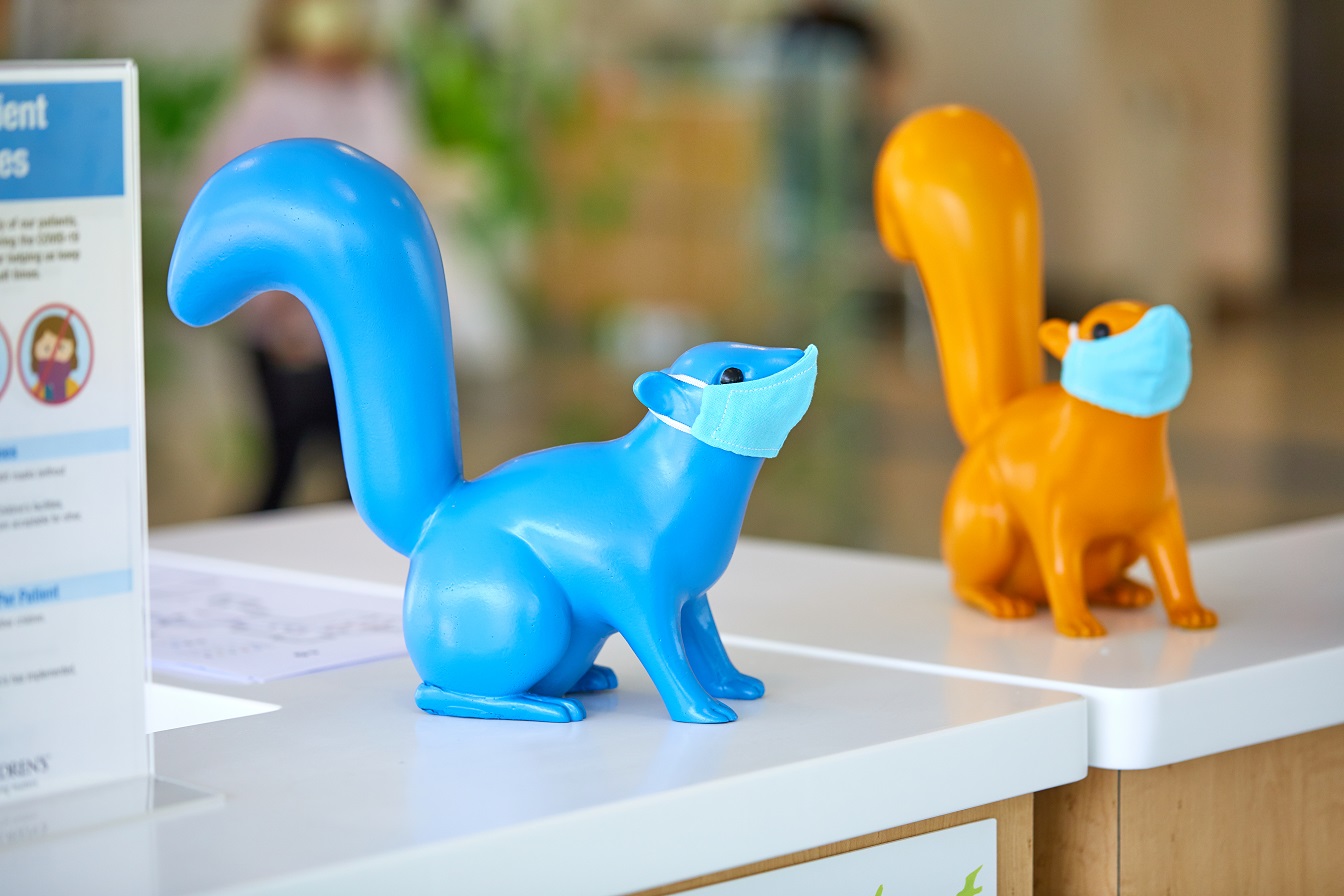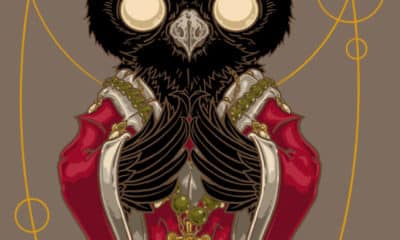THREE-DIMENSIONAL CHESS is defined as “a very complicated or complex game, system, or strategy involving a deep understanding of the situation that one’s opponents or adversaries lack.” For example, if a CEO reveals sensitive information at an unexpected time, everyone may think he compromised the company’s position. Instead, he’s playing three-dimensional chess and is eight moves ahead of the competition.
EclipseCorp in Gahanna, Ohio, is one PSP that’s eight moves ahead. The shop purchased a Massivit 1800 large-format 3D printer at the end of 2017 and has been offering 3D printing to pair with 2D graphics ever since.
“I was looking for something to disrupt the industry and bring new capabilities to our clients,” says Jeff Burt, CEO, EclipseCorp. “3D is where the future is heading and opens many more opportunities to us and our customers.”
Adding new equipment to your business can be exciting, but you and your team should be prepared for it to not only take up space in your facility, but also time. Think installation, training, and potentially hiring new employees. Burt says the process of adding the Massivit was relatively easy, but EclipseCorp did discover some challenges along the way. He says if you plan on entering the market, you should consider the first year as “a learning year of time and money.”
“Finishing 3D is much harder than we had expected,” says Burt. “It requires an artist’s touch. And the quantity of work can also be a challenge. We’ve had customers wanting hundreds of items – not just one. So, all of this took serious R+D to approach the challenges.”
The process can also be quite expensive. “3D may be the future, but at first it was the most expensive marketing item we had ever purchased,” says Burt. “We also had to make investments in roto casting, paint booths, and many other finishing items.”
Luckily, there’s return on investment. Customers are coming to EclipseCorp for their unique application offerings. “It has opened many more doors, but not just in 3D,” he says. “Having 3D capabilities actually helped us see some additional growth in our traditional grand-format printing and fabric printing, as well as our prototyping that we do.”
Advertisement
Burt’s top tip for PSPs looking to enter the wide-format 3D print space? “Be prepared to learn. Partner with another shop like ours for help as it takes time. Once you’re over the hurdle, good things can happen,” he says, like being eight moves ahead of your competition, “but you have to invest in more than just the machine.”
Snap, Crackle, and Pop!
In order to gain an explosive response at Printing United, Global Imaging, a grand-format equipment vendor, teamed up with EclipseCorp for the company’s booth signage. The final product is “dimensional and eye-catching and looks very modern,” says Burt.

“For this project we used multiple processes/machines and had to make it come together as one cohesive piece,” he says, including lighting, wide-format 3D printing, fabric printing, custom finishing, and sewing.
The shop used its Massivit 1800 and proprietary photo polymeric acrylic gel resin, Dimengel 100, for the 3D printed SEG frames and Pow and Bam letters. The fabric for the SEG frames was printed on a PrinterEvolution Eos100 DS digital textile dye sublimation fabric printer. The PVC shape between the SEG frame and channel letters was printed on an EFI Vutek LX GS2000LX Pro LED UV-curing hybrid printer with UV ink. LED modules were attached inside the translucent 3D printed letters, faced with a diffuser vinyl.

Advertisement
“A strip of silicone was sewn on the edge of the printed fabric,” says Burt. “This was then inserted into a channel in the printed frame to keep the fabric taught in that shape, working just like a standard SEG frame, but without having to remain in a rectangular format. The cloud shapes in the background with the blue and red dots were printed on fabric on our dye-sublimation fabric printer. Then flat pieces of silicone were sewn directly into the edge of the fabric and inserted into the narrow groove in the 3D printed plastic frame.”

Helping Hand
Face masks, according to the CDC, are a simple barrier to help prevent your respiratory droplets from reaching others. As helpful as they are to preventing the spread of COVID-19, they’re not always fun or easy to wear, especially for children. So, EclipseCorp teamed with Nationwide Children’s Hospital in Columbus to help the kids feel more comfortable with masking.
Step 1: A mold was made from the squirrel using Smooth-On’s Mold Max 30 silicone.
Step 2: Resin was poured into the silicon molds, and removed once solid, using Smooth-On’s Smooth-Cast resin.
Step 3: The molds were primed and painted three colors with latex water-based paints.
Step 4: Cotton masks were sewn from blue fabric purchased from a local fabric store.
Word to the Wise
Adding large-format 3D printing to your shop’s repertoire allows for a best of both world’s scenario: 2D and 3D printing. EclipseCorp partnered with Continental owlOffice on a dynamic duo project for PA Cyber School, a Pennsylvania Cyber Charter School.
“The owl’s name is Archie,” says Burt. The shop made a mold from a 3D print from the Massivit 1800 and then rotocast each Archie using that mold. “So, it’s pretty lightweight and hollow. It then gets sanded down until completely smooth and all holes are filled in. This can be fairly intensive. Then it gets primer, then each color is painted separately.” Once all paint is complete, the owl receives a super high gloss clear coat and is French cleated to the wall. The text on the wall was printed with the shop’s Mimaki CJV300-160 eco-solvent/dye-sublimation production cut-and-print device onto 3M Scotchcal graphic film with Comply Adhesive IJ35C and finished with 3M Scotchcal Luster Overlaminate 8509.
Advertisement
Cheers to That
EclipseCorp’s addition of the Massivit 1800 large-format 3D printer has led to an expansion of printing prototypes for potential clients and projects. The team iscan currently in talks with a couple local breweries for a P-O-P beer can stand. “There were several R+D attempts with various patterns and fabrics, but here’s what we landed on,” says Burt:
- Internal structure from double-wall cardboard.
- 030 styrene sheet wrapped around the body of the can.
- PVC topper and ring printed on an EFI Vutek LX GS2000LX Pro LED UV-curing hybrid printer and routed to shape.
- Fabric wrap printed on the PrinterEvolution Eos100 DS digital textile dye sublimation fabric printer onto Aberdeen mid-weight knit fabric.


 VEHICLE WRAPS + GRAPHICS3 weeks ago
VEHICLE WRAPS + GRAPHICS3 weeks ago
 Press Releases3 weeks ago
Press Releases3 weeks ago
 Case Studies3 weeks ago
Case Studies3 weeks ago
 Case Studies1 week ago
Case Studies1 week ago
 Benchmarks3 weeks ago
Benchmarks3 weeks ago
 Press Releases2 months ago
Press Releases2 months ago
 Press Releases3 weeks ago
Press Releases3 weeks ago
 Press Releases2 months ago
Press Releases2 months ago

















